Treasure trove of 2,000 fossils reveals life in Australia's prehistoric rainforest before it turned into desert
Paleontologists unearthed roughly 2,000 fossils of insects, fish, spiders, and plants in Australia.
The fossils paint a picture of life in Australia's prehistoric rainforests, 15 million years ago.
They also reveal major climate changes as Australia's rainforests turned into desert.
Paleontologists have uncovered a treasure trove of roughly 2,000 remarkably well-preserved fossils from an ancient Australian rainforest, revealing an ecosystem in the thick of a changing climate.
The researchers were excavating Jurassic fossils in the hills and flats of southeastern Australia in 2017, when they got an important tip: A local farmer told them he'd discovered fossils on his own land nearby.
The farmer had cleared and stacked a huge pile of heavy rocks from his field. While it's common for Australians to find fossilized leaves — and there were plenty of those in the farmer's rocks — as the researchers turned over the stones, they also found an array of rare insects.
In the three years since, the farmer's field, now known as McGraths Flat, yielded detailed fossils of ancient spiders, cicadas, wasps, flies, fish, flowers, and even a bird feather.
Hundreds of these prehistoric species were previously unknown to science, and together, they paint the first clear picture of life in the rainforests that once blanketed Australia. Today there are only vestiges of these lush forests along the continent's eastern coasts.
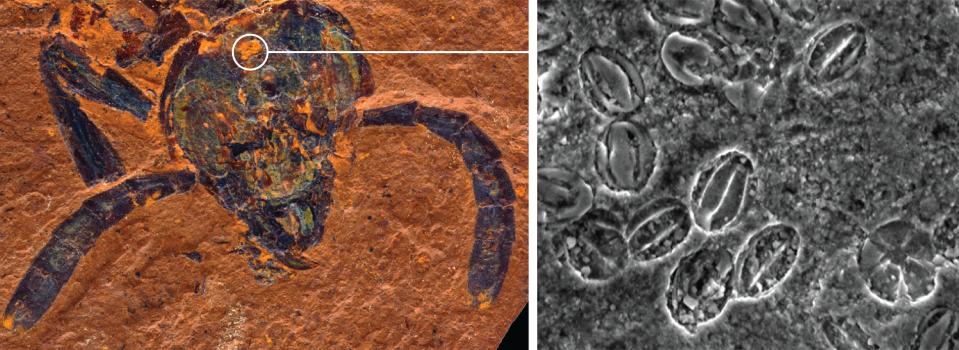
The new fossils include fish with their last meals still in their stomachs, insects dusted with grains of pollen from the last plant they visited, and bugs' eyes and muscles preserved in exquisite detail.
Previously, only four spider fossils had been found across Australia. At McGraths Flat, paleontologists have already unearthed 13.
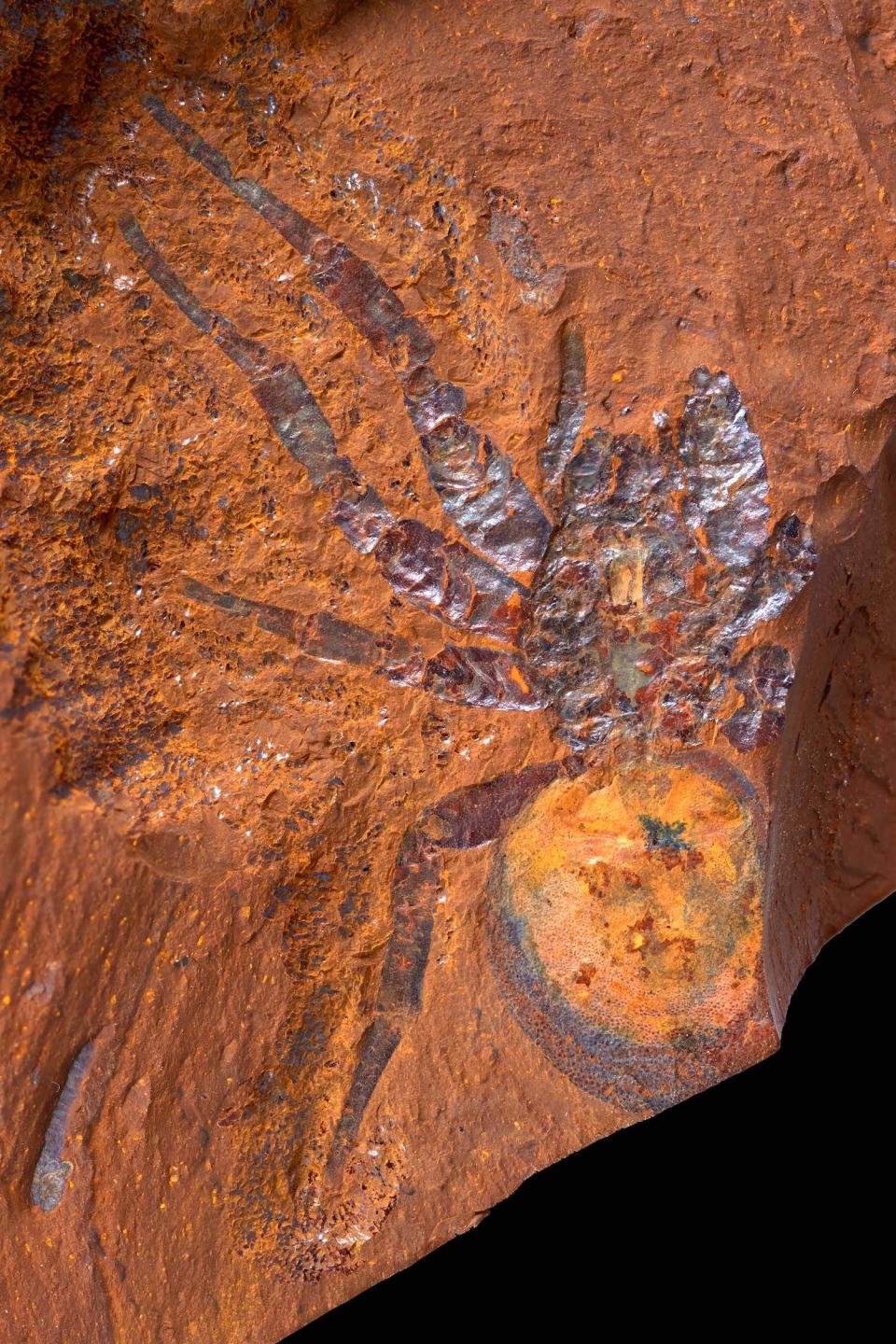
"We never imagined that the fossils would be so well preserved and there'd be such a diversity of life," Matthew McCurry, a paleontologist at the Australian Museum and the University of New South Wales, told Insider. McCurry is one of the leaders of the McGraths Flat excavation. His team's findings were published Friday in the journal Science Advances.
"As a paleontologist, it's quite common to go on field work and not find anything," he added. "But at this site we're going with a small team, and we're bringing hundreds of fossils back every time."
The fossils formed between 11 and 16 million years ago, during the Miocene era, as Australia's rainforests were drying up and turning into the deserts that dominate its landscape today. The McGraths Flat fossils could reveal how different groups of plants, bugs, fish, and other creatures responded to their changing environment — historical context for modern-day climate change.
A lush forest with iron-rich waters made perfect conditions for pristine fossils
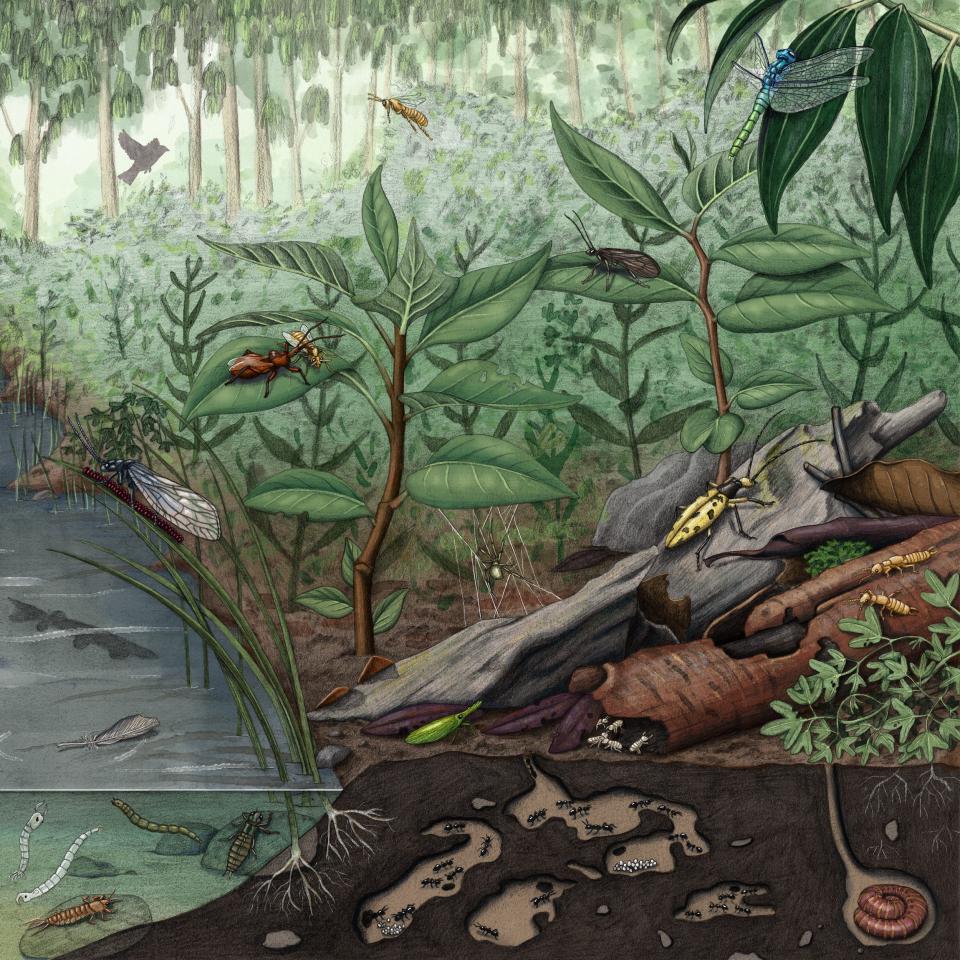
When iron-rich waters flowed into an oxbow lake about 15 million years ago, thousands of creatures now buried at McGraths Flat were trapped. As the water stagnated and the iron minerals fell to the lake's bottom, they encased the dead bugs, leaves, and fish that sunk there.
"Almost everything that fell into the water was indeed preserved, so you really have a good view of the spectrum of the things that lived at McGraths Flat," Michael Frese, a microbiologist at the University of Canberra, who worked with McCurry to analyze the fossils, told Insider.

The details preserved in iron rock hint at the creatures' lives. For example, one fish fin was fossilized with the parasitic larva of a freshwater mussel attached to it. The lake wasn't hospitable to mussels, so the fish must have picked up the parasite upstream, then swam into the lake. It likely died soon afterward, because mussel larvae only stay attached to their host for a few weeks, Frese said.
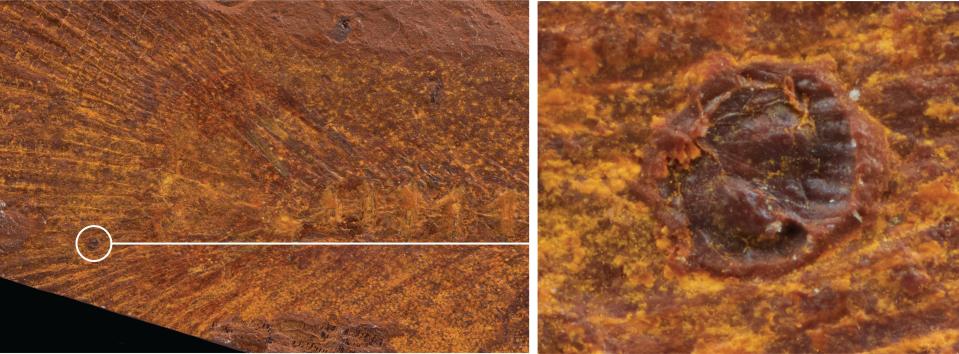
"The level of preservation in the fossils allows us to say things about ecosystems that are otherwise really, really difficult to figure out," McCurry said, adding, "Those interactions between species in particular is something you wouldn't normally have preserved at all."
Fossils reveal a rainforest drying up
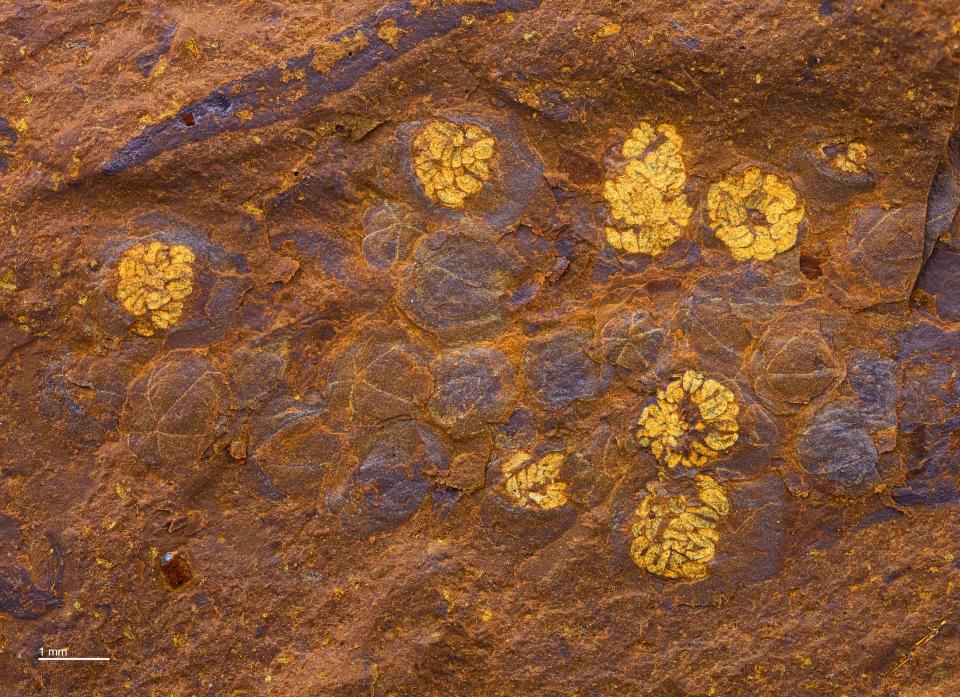
Though the creatures in the McGraths Flat rocks clearly lived in a rainforest, much of the fossilized pollen comes from desert plants. That suggests that the site was surrounded by arid regions, and wind carried dry-climate plants' pollen to the lake. The rainforest was beginning to dry out.
"We sit at the brink of a pretty dramatic climate change right now. And to understand and predict what's happening, it's probably good to understand some of the most recent past climate changes," Frese said. "The Miocene climate change and the Miocene extinction event is a good one to study, I think, because the flora and the fauna in the Miocene is quite similar [to] what we have now."
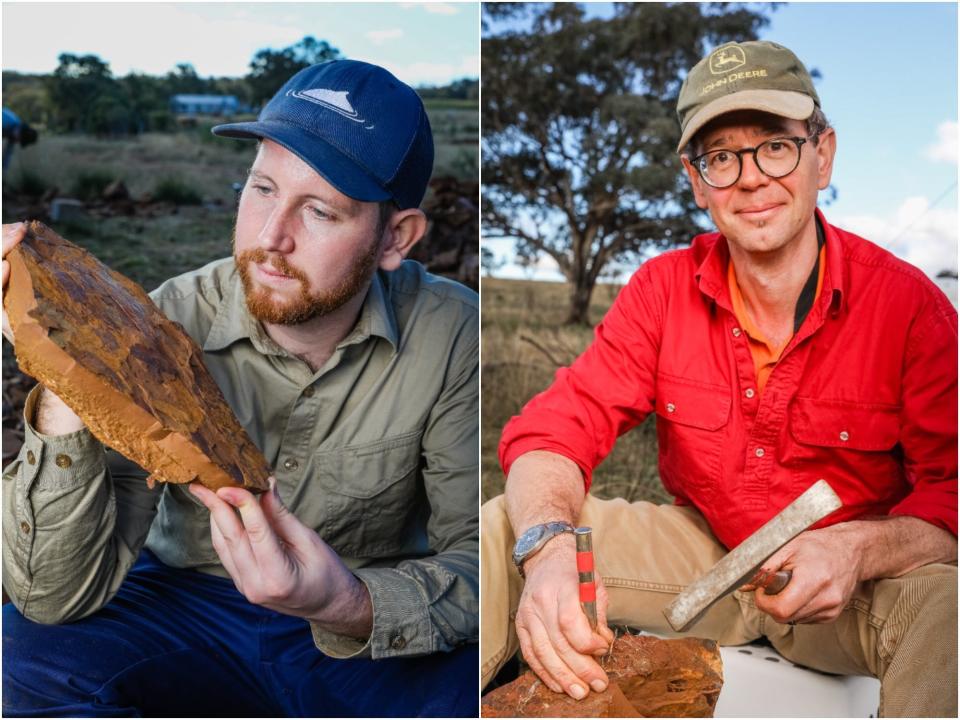
To better understand the Miocene climate change, researchers will need to find other fossil sites like this one. As they continue excavating McGraths Flat, McCurry and Frese's team is analyzing rocks at the site to determine how the oxbow lake formed, and how it ended up with perfect conditions for pristine fossils.
If they crack the code, they may be able to identify similar sites across Australia. With a bounty of fossils from multiple sites like this, paleontologists could learn which species adapted to the Miocene climate changes, which ones migrated to survive it, and which ones went extinct.
Already, McCurry and Frese's team has discovered species at McGraths Flat that didn't survive the rainforest drying up. Cataloguing the migrations and extinctions of the Miocene could hint at the future of species facing climate change today.
Read the original article on Business Insider

